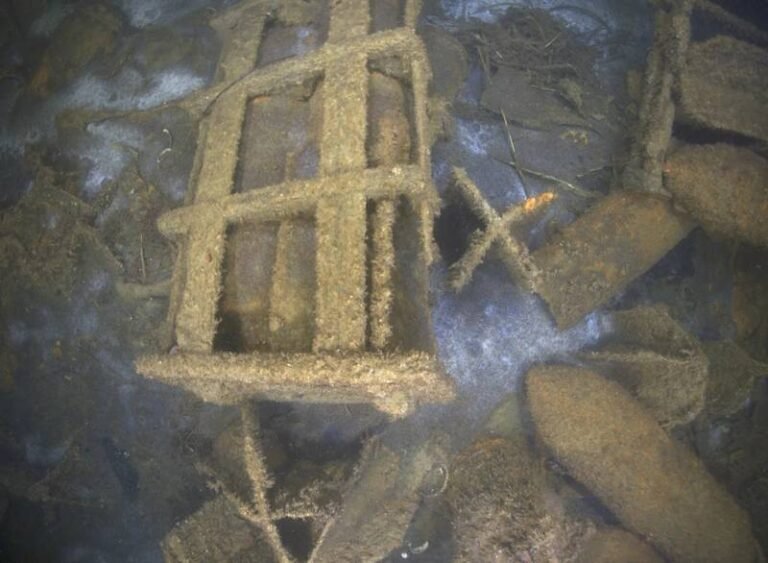The Environmental Impact of Unexploded Ordnance in the Baltic Sea
The south-western Baltic Sea is facing a significant environmental threat due to dissolved toxic chemicals released from unexploded ordnance, a recent study by the GEOMAR Helmholtz Centre for Ocean Research Kiel has revealed.
Legacy of War
Following the Second World War, approximately 3,000 kilograms of toxic substances such as TNT, RDX, and DNB have been released into the Baltic Sea through deliberate dumping of unexploded ordnance. These chemicals pose a serious threat to marine life and the overall ecosystem of the region.
Mapping the Contamination
The dumping sites of these munitions are well-documented, with much of the ordnance visible on the seabed. Using underwater robots, researchers have been able to map and document the extent of contamination, highlighting the long-term impact on the environment.
Water Samples and Findings
Water samples taken from the region in 2017 and 2018, particularly from the Bay of Kiel and the Bay of Lübeck, revealed the presence of ammunition-related chemicals in almost every sample. While concentrations were generally below toxicological thresholds, some levels approached critical limits.
Future Projections
Without intervention, the contamination is expected to worsen as the metal casings corrode further, releasing more toxic compounds into the water. This process is estimated to continue for at least 800 years, posing a long-lasting threat to the marine environment.
International Concern
The study emphasizes that the issue of chemical contamination from legacy munitions is not limited to the Baltic Sea but is an international problem. The researchers recommend classifying dumped ordnance as “historical contaminants of emerging concern” and implementing targeted remediation efforts.
Call for Action
Lead author Dr. Aaron Beck suggests that unlike diffuse pollution sources, unexploded ordnance can be physically removed from the environment. Germany’s successful munitions clearance operations could serve as a model for addressing similar hazardous waste issues worldwide.
It is crucial to address the environmental impact of unexploded ordnance in the Baltic Sea to protect marine life and ensure the health of the ecosystem for future generations.

